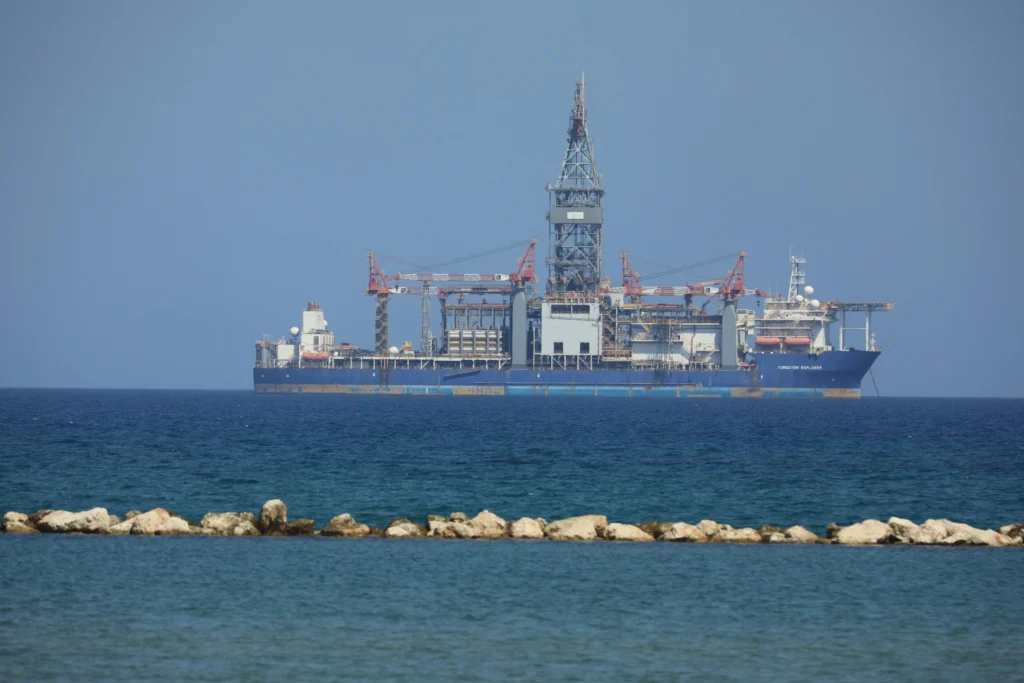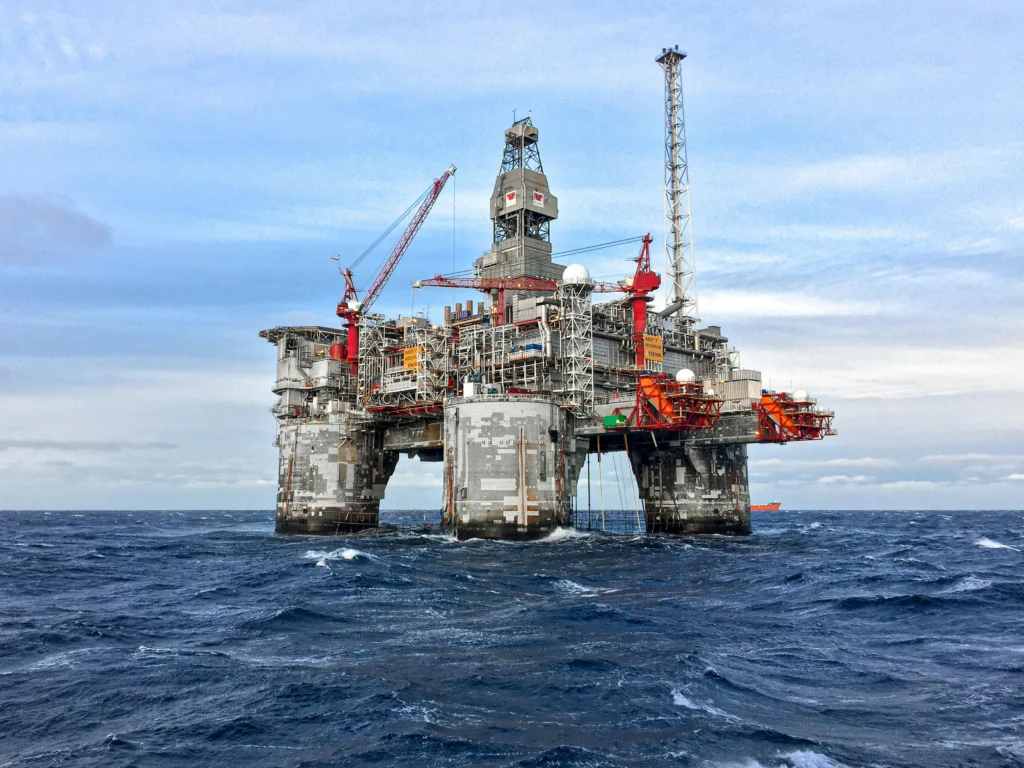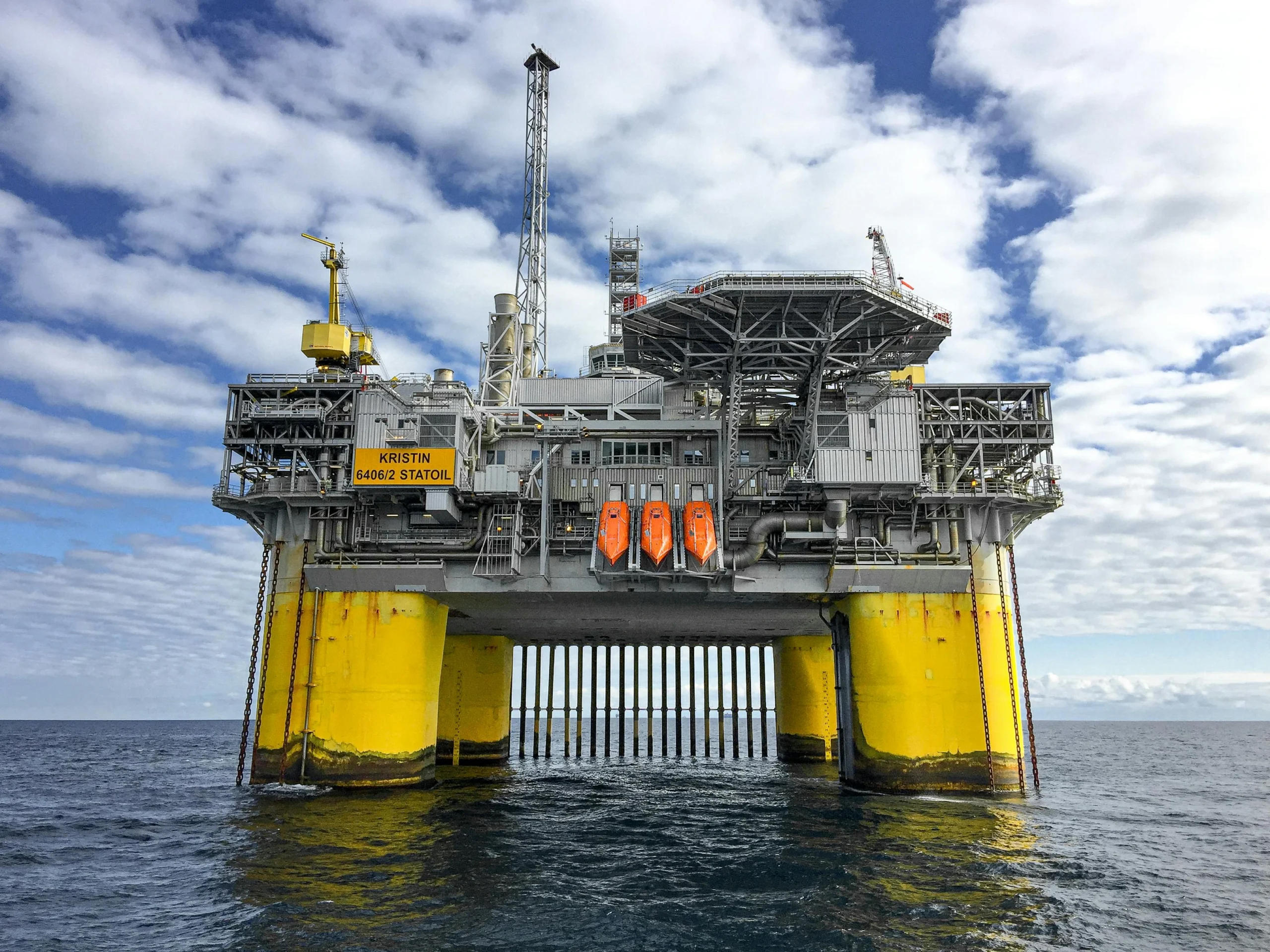Deep Offshore Technology
Deep Offshore Technology refers to the vast resources of our oceans. As we all know that the oceans on the planet earth are blessed with unlimited resources. The exploring and harnessing of the these resources and the process of making it more valuable for mankind, is included in the deep offshore technology.
What is Deep Offshore Technology?
In the vast expanses of our planet’s oceans lies an untapped wealth of resources that promise to revolutionize our energy landscape. Deep offshore technology, a field dedicated to exploring and harnessing these resources, stands at the forefront of this transformation. With advancements in engineering, robotics, and data analytics, deep offshore technology is pushing the boundaries of what’s possible, enabling us to extract oil, gas, and renewable energy from depths once deemed unreachable.
The Evolution of Deep Offshore Technology
Offshore drilling is not a new concept. It dates back to the late 19th century when the first offshore oil wells were drilled in shallow waters. However, it wasn’t until the mid-20th century that technological advancements allowed for drilling in deeper waters. Today, deepwater drilling, typically defined as operations conducted at depths of 1,000 to 5,000 feet, and ultra-deepwater drilling, at depths exceeding 5,000 feet, are commonplace.
The evolution of offshore technology has been driven by the need to access the vast reserves of hydrocarbons located beneath the ocean floor. This demand has led to the development of sophisticated drilling rigs, such as semi-submersibles and drillships, capable of operating in harsh marine environments. These rigs are equipped with dynamic positioning systems, advanced drilling equipment, and state-of-the-art safety features, ensuring efficient and safe operations in deepwater settings.
Innovations in Deep Offshore Technology

Subsea Production Systems
One of the most significant advancements in deep offshore technology is the development of subsea production systems. These systems, which include subsea trees, manifolds, and pipelines, enable the extraction of hydrocarbons directly from the seabed. Subsea production systems eliminate the need for surface facilities, reducing environmental impact and operational costs.
Floating Production Storage and Offloading (FPSO) Units
FPSOs have revolutionized deepwater oil and gas production. These floating vessels are equipped with processing facilities and storage tanks, allowing for the production, processing, and storage of hydrocarbons directly at the offshore site. FPSOs can be easily relocated, making them ideal for developing oil fields in remote and deepwater locations.
Robotics and Remote Operations
he use of remotely operated vehicles (ROVs) and autonomous underwater vehicles (AUVs) has transformed deep offshore operations. These robotic systems can perform a range of tasks, from underwater inspections to maintenance and repair, reducing the need for human divers and enhancing safety. Additionally, advances in artificial intelligence and machine learning are enabling these vehicles to operate autonomously, further improving efficiency and reducing costs.
Learn About: Atomization Technology
Enhanced Drilling Technologies
Modern deepwater drilling technologies have significantly improved the efficiency and safety of offshore operations. Managed pressure drilling (MPD), for instance, allows for precise control of downhole pressure, reducing the risk of blowouts and improving drilling performance. Similarly, advancements in drill bit technology and downhole tools have enhanced drilling speed and accuracy, enabling access to previously unreachable reserves.
Environmental Considerations and Challenges
While deep offshore technology offers immense potential, it also presents significant environmental and operational challenges. The extraction of hydrocarbons from deepwater environments carries risks, such as oil spills and habitat disruption. Therefore, stringent safety measures and environmental regulations are essential to mitigate these risks.

Moreover, the development of deep offshore technology requires substantial investments in research and development. The harsh conditions of deep water environments, including high pressure, low temperatures, and strong currents, necessitate robust and reliable equipment. As a result, the cost of deep water exploration and production can be prohibitive.
The Future of Deep Offshore Technology
The future of deep offshore technology is promising, with ongoing innovations aimed at improving efficiency, reducing costs, and minimizing environmental impact. The integration of renewable energy sources, such as offshore wind and wave energy, with traditional oil and gas operations is a key area of focus. Hybrid energy systems, combining hydrocarbons and renewables, could provide a sustainable solution for meeting global energy demands.
Additionally, advancements in digital technology, including the Internet of Things (IoT), big data analytics, and blockchain, are set to revolutionize offshore operations. These technologies enable real-time monitoring, predictive maintenance, and enhanced supply chain management, optimizing offshore production and reducing downtime.
Conclusion
Deep offshore technology is a testament to human ingenuity and the relentless pursuit of progress. By unlocking the vast resources of our oceans, we are paving the way for a future where energy is abundant, sustainable, and accessible. As we continue to innovate and overcome challenges, deep offshore technology will remain a critical pillar in the global energy landscape, driving economic growth and ensuring energy security for generations to come.




Post Comment